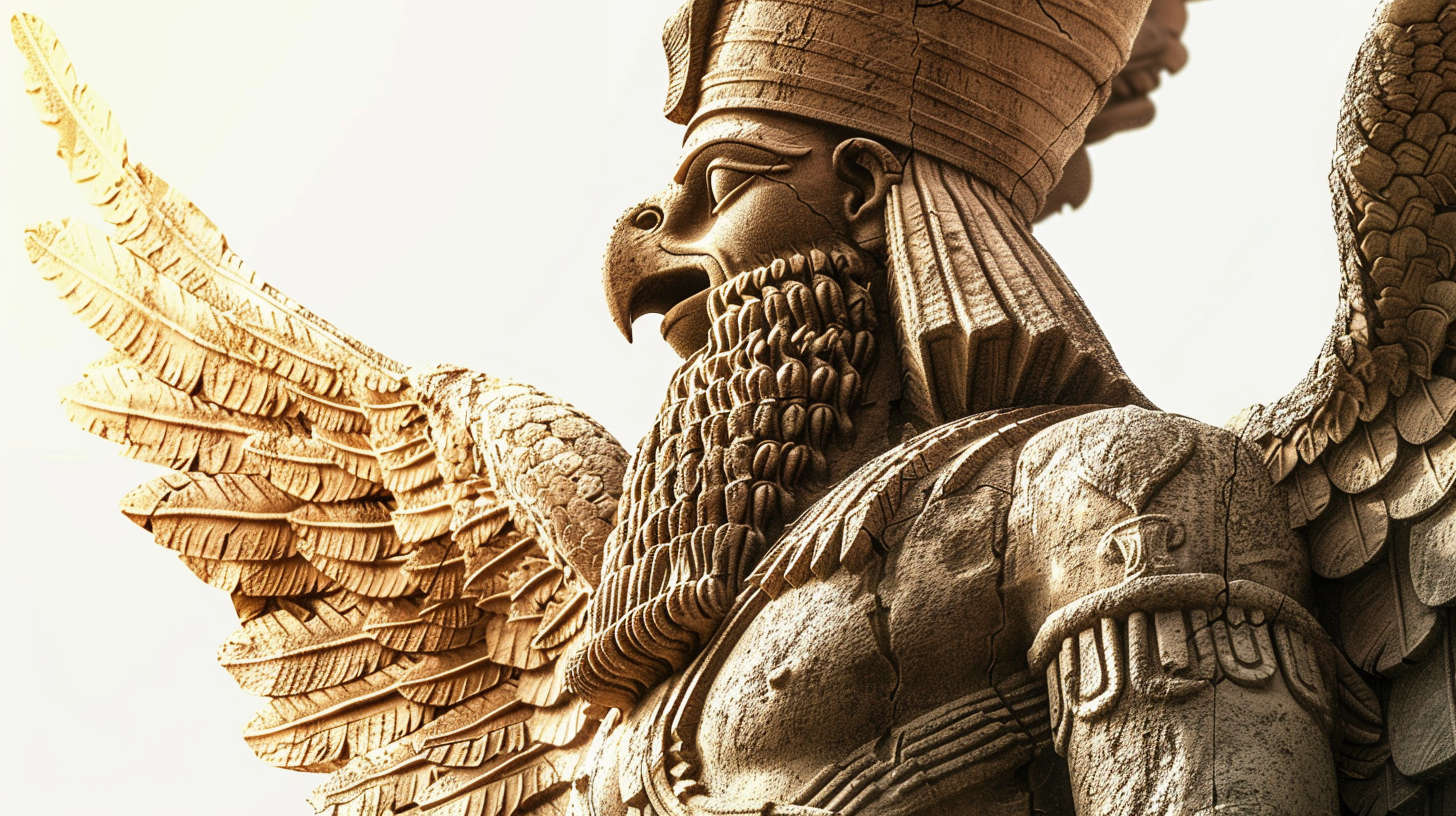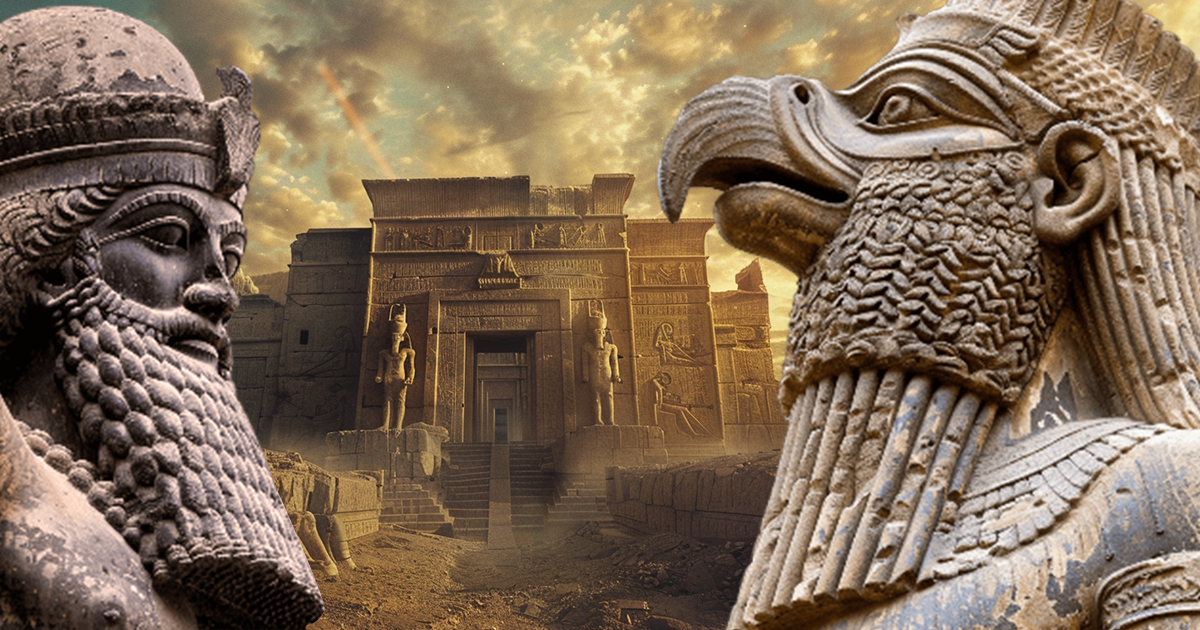Through the intricate tapestry of human mythology, interwoven strands traverse diverse cultures and epochs, shedding light on truths deeply rooted in our collective consciousness. The grand saga of Marduk and Tiamat stands as a towering epitome, encapsulating the eternal clash between chaos and order. Recently, Dr. Jordan Peterson, the revered psychologist and savant, delved into this age-old narrative, offering profound insights that transcend mere folklore.
To the uninitiated, Dr. Peterson emerges as a figure both controversial and esteemed, celebrated for his profound explorations of human psychology and societal frameworks. His dissection of the Marduk and Tiamat myth serves as a kaleidoscope through which we can fathom the intricacies of belief systems and mankind’s pursuit of significance.
At its essence, this tale portrays the primordial confrontation between Tiamat, the embodiment of chaos, and Marduk, the burgeoning symbol of order. Dr. Peterson’s exposition delves into elemental facets of the human journey – the battle against the unknown, the quest for supremacy over chaos, and the establishment of societal structures.

As the narrative unfolds, Marduk’s rise to power, culminating in the vanquishing of Tiamat, signifies order’s triumph over chaos. Yet, beneath the surface lies a profound tale that speaks to the complexities of human nature and the pursuit of redemption.
Dr. Peterson’s interpretation casts light on the psychological bedrock of the myth, unveiling how it mirrors our internal conflicts. Marduk and Tiamat embody archetypal forces within each individual – the craving for control, the dread of chaos, and the ceaseless pursuit of significance.
Furthermore, the myth proffers profound reflections on sovereignty and leadership. In ancient Mesopotamia, the Emperor was perceived as Marduk’s earthly avatar, entrusted with facing chaos and reinstating order. This notion reverberates across civilizations, echoing our innate yearning for direction and structure.
However, Dr. Peterson’s exploration transcends mere storytelling, probing into contemporary dilemmas of censorship and ideological homogeneity. Recent events underscore the fight for freedom of expression, echoing the age-old clash between order and chaos. Dr. Peterson’s personal ordeals epitomize this struggle, encountering endeavors to muffle his dissenting voice.
In a world marked by rifts and doctrines, the myth of Marduk and Tiamat emerges as a guiding lighthouse, reminding us of truths that transcend temporal and spatial boundaries. Through Dr. Peterson’s insightful analysis, we attain a deeper comprehension of our psyche and humanity’s collective odyssey.
To conclude, the ageless legend of Marduk and Tiamat reverberates in the modern era, offering profound revelations regarding the human expedition. Dr. Jordan Peterson’s expedition into this enduring saga serves as a guiding star, steering us through the labyrinthine corridors of our souls, leading us towards self-discovery and redemption.
